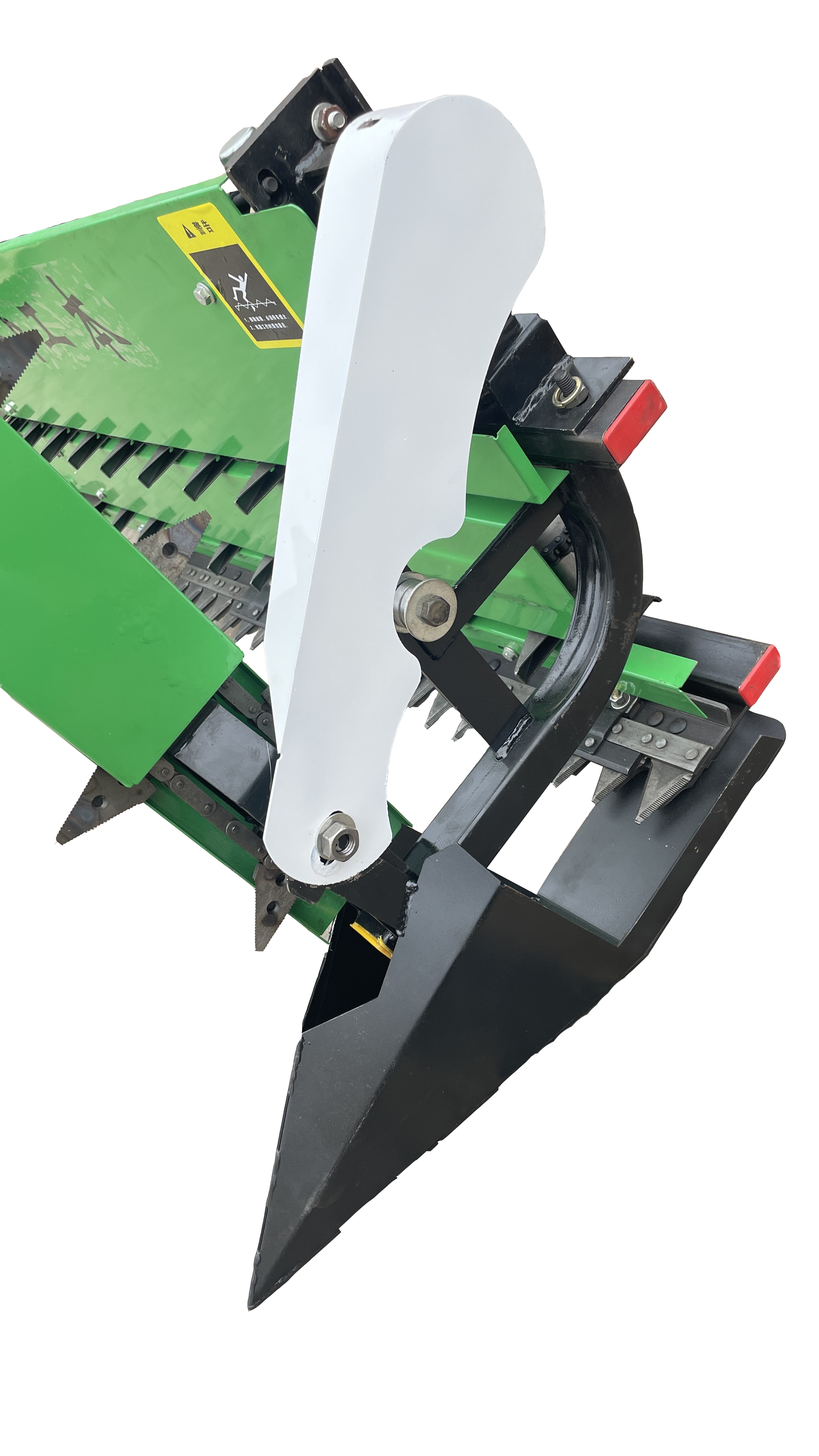silage combine harvester
The Rise of Silage Combine Harvesters Revolutionizing Forage Production
In the realm of modern agriculture, the efficient production of forage has become paramount. One of the technological advancements that have significantly transformed this landscape is the silage combine harvester. Designed specifically for the harvesting of silage crops, these machines have proven to be invaluable in maximizing crop yield and improving the overall efficiency of forage production.
Silage is a crucial component of livestock feed, providing essential nutrients to cattle, sheep, and other ruminants. The process of creating silage involves fermenting high-moisture forage crops, such as corn, grasses, and legumes, to preserve their nutritional content throughout the winter months. Traditionally, the harvesting of these crops was a labor-intensive and time-consuming process, relying heavily on manual labor and basic machinery to cut, chop, and store the forage. However, the introduction of silage combine harvesters has streamlined this practice, significantly reducing labor costs and increasing productivity.
A silage combine harvester is a specialized piece of equipment that combines several functions into one machine. These harvesters are equipped with powerful engines and advanced cutting mechanisms that can swiftly and efficiently cut down dense forage crops. Once harvested, the machine chops the forage into small pieces, making it easier to ensile and store. Furthermore, many modern silage combines come with integrated systems that allow farmers to monitor the moisture content of the forage, ensuring optimal harvesting conditions for the best quality silage.
silage combine harvester

One of the most significant advantages of using a silage combine harvester is its ability to operate in various field conditions. These machines are designed to handle uneven terrain, wet soils, and other challenging circumstances that may hinder traditional harvesting methods. Their robust construction enables them to perform efficiently in different climates and geographical locations, making them a versatile asset for farmers across the globe.
Furthermore, the technology incorporated into modern silage combine harvesters has been rapidly advancing. Many of these machines now feature GPS guidance systems, which ensure precise navigation and help farmers optimize their harvesting patterns. This technology minimizes overlap, reduces waste, and enhances fuel efficiency, ultimately leading to lower operational costs. Additionally, some models are equipped with data analytics capabilities, allowing farmers to collect and analyze critical performance metrics. This information can be used to make informed decisions about future planting and harvesting strategies, further improving productivity and profitability.
The environmental impact of using silage combine harvesters is also noteworthy. By reducing the time spent in the field, these machines help to minimize soil compaction, which can adversely affect soil health and crop productivity. Furthermore, the efficiency of the harvesting process leads to less fuel consumption, contributing to a smaller carbon footprint for farmers. As more agricultural producers embrace sustainability practices, the use of advanced machinery like silage combine harvesters aligns with their goals of reducing environmental impact while maintaining high levels of productivity.
In conclusion, silage combine harvesters represent a significant evolution in the field of forage production. With their ability to enhance efficiency, lower costs, and reduce environmental impact, these machines have become essential tools for modern farmers. As agriculture continues to evolve with advancements in technology, the role of silage combine harvesters will undoubtedly grow, driving greater productivity and sustainability in livestock feed production. By investing in such innovations, producers can ensure they remain competitive in an ever-changing industry while also contributing to a sustainable agricultural future.
Latest news
-
When to Upgrade Your Old Forage HarvesterNewsJun.05,2025
-
One Forage Harvester for All Your NeedsNewsJun.05,2025
-
Mastering the Grass Reaper MachineNewsJun.05,2025
-
How Small Farms Make Full Use of Wheat ReaperNewsJun.05,2025
-
Harvesting Wheat the Easy Way: Use a Mini Tractor ReaperNewsJun.05,2025
-
Growing Demand for the Mini Tractor Reaper in AsiaNewsJun.05,2025
